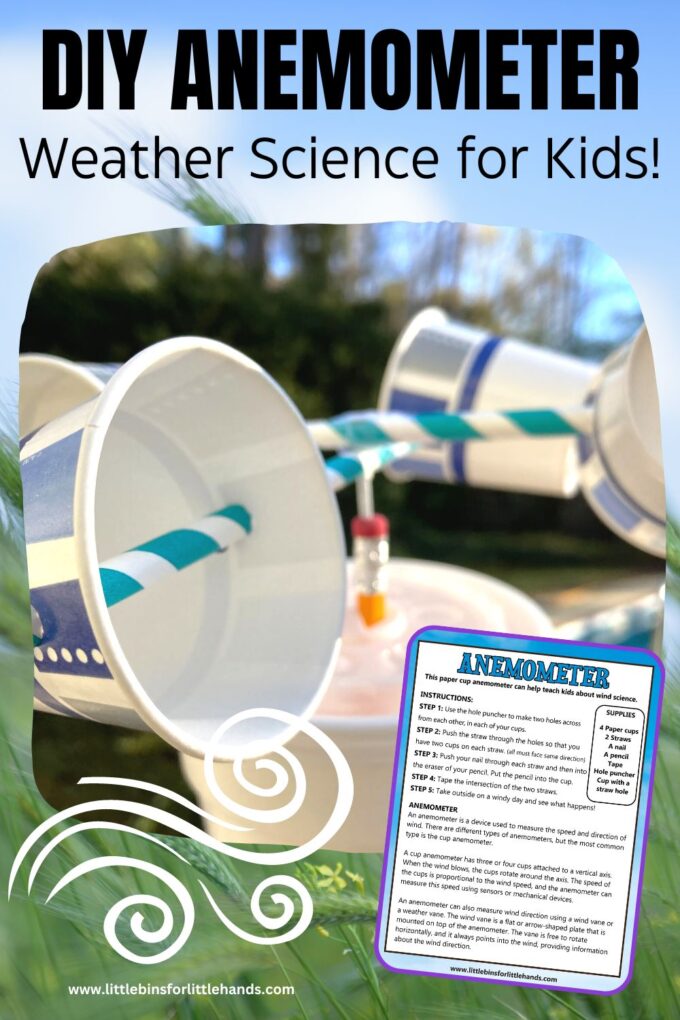How to Preserve and Care for Your Anemometer to Make Certain Durability
How to Preserve and Care for Your Anemometer to Make Certain Durability
Blog Article
Anemometers Unveiled: Comprehending Their Significance in Environmental Tracking and Precaution
The duty of anemometers in ecological monitoring and safety and security procedures is frequently undervalued, yet their significance is indisputable. These tools have a lengthy background rooted in scientific questions and technical improvements, progressing to end up being vital tools in various fields. From weather forecasting to air travel security, anemometers play an important role in providing exact data that informs decision-making procedures and improves overall safety and security. Understanding the intricacies of anemometers introduces a world of crucial understandings that are essential to our understanding of the environment and the actions we require to ensure safety and security.
Background of Anemometers
The evolution of anemometers can be mapped back to the ancient people where simple wind gauging gadgets were initial utilized. These very early wind dimension tools laid the foundation for the growth of a lot more sophisticated anemometers with time. One of the earliest well-known anemometers was the hemispherical cup anemometer developed by Leon Battista Alberti in the 15th century. This design contained 4 hemispherical cups that accumulated wind energy, supplying a dimension of its intensity based upon the rate of rotation.
In the 18th century, the popular scientist John Thomas Romney Robinson introduced the Robinson anemometer, which included 4 hemispherical mugs placed on straight arms that expanded from a central axis. This design became a requirement in meteorological measurements because of its precision and integrity. For many years, advancements in technology resulted in the advancement of more modern anemometers, including ultrasonic anemometers and laser Doppler anemometers, providing enhanced precision and effectiveness in determining wind speed and direction. The history of anemometers showcases an amazing journey of development and development in the field of weather forecasting.
Kinds of Anemometers
Throughout the area of meteorology, numerous types of anemometers have actually been created to precisely gauge wind speed and instructions. Sonic anemometers use ultrasonic signals to determine wind speed and direction accurately. Hot-wire anemometers run based on the concept that the cooling impact of wind on a heated cable is symmetrical to the wind rate.
Applications in Weather Forecasting
Having talked about the different kinds of anemometers utilized in meteorology for determining wind speed and direction, it is necessary to explore their useful applications in the field. Anemometers play a critical role in meteorology by giving exact and real-time information on wind problems (anemometer). Meteorologists make use of anemometers to monitor wind speed and instructions to anticipate climate patterns, concern warnings for severe weather events like twisters, storms, and typhoons, and examine weather for air travel safety
In meteorology, anemometers help in understanding local and neighborhood wind patterns, which are essential for forecasting climate modifications and identifying climatic trends. These devices are also made use of in study to examine microclimates, urban warmth islands, and air contamination diffusion. Additionally, anemometers are utilized in agriculture to enhance plant administration methods, such as irrigation and pesticide application, based upon wind problems.
Value in Air Travel Safety
An integral facet of guaranteeing aeronautics security hinges on the thorough monitoring of wind problems using anemometers. Anemometers play an essential duty in aviation by supplying real-time data on wind rate and instructions, helping pilots in making educated decisions throughout trip, touchdown, and take-off. Solid and unpredictable winds can substantially influence aircraft operations, making it essential for air travel authorities to count on exact wind click here to read measurements to make sure the safety and security of passengers and team.

In the vibrant environment of air travel, where also minor adjustments in wind speed and direction can have extensive effects, anemometers stand as indispensable devices for promoting secure and risk-free flight.
Role in Environmental Research Study
Anemometers play a vital duty in environmental research by supplying crucial data on wind rate and direction. By accurately measuring wind characteristics, anemometers help researchers analyze the movement of toxins in the air, analyze the influence of commercial exhausts, and anticipate the spread of pollutants in the atmosphere.


Conclusion
Finally, anemometers have played a critical role in environmental surveillance and precaution. With a rich background and various kinds offered, these devices have been widely used in weather forecasting, aeronautics safety and security, and ecological study. Recognizing the importance of anemometers is vital for precisely gauging wind rate and direction, which is vital for anticipating weather patterns, making certain safe aviation procedures, and carrying out environmental studies - anemometer. Their contributions to these fields can not be undervalued.
One of the earliest recognized anemometers was the hemispherical mug anemometer invented by Leon Battista Alberti in the 15th century. Over the years, advancements in innovation led to the development of even more modern-day anemometers, including ultrasonic anemometers and laser Doppler anemometers, offering enhanced accuracy and efficiency in measuring wind speed and instructions. Hot-wire anemometers operate based on the principle that the cooling impact of wind on a heated cable is proportional to the wind speed. Meteorologists utilize anemometers to monitor wind speed and direction to anticipate weather condition patterns, issue warnings for serious weather condition occasions like storms, hurricanes, and tornados, and analyze atmospheric conditions for aeronautics security.
Understanding the importance of anemometers is necessary for precisely gauging wind speed and instructions, which is vital for forecasting weather condition patterns, ensuring safe air travel procedures, and carrying out ecological studies. (anemometer)
Report this page